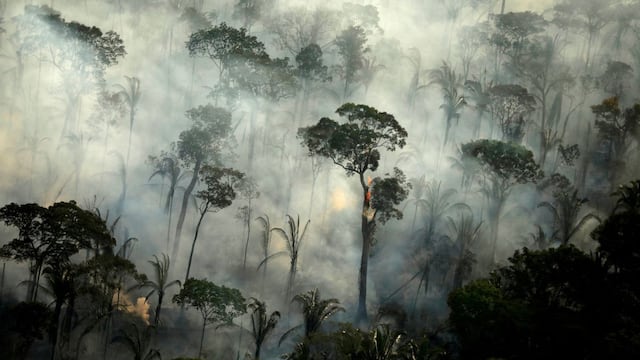Scientists warn that human-driven species loss is accelerating, with entire branches of life vanishing at unprecedented rates.

Earth’s sixth mass extinction has begun according to scientists

Earth is no stranger to mass extinctions. Over the last 500 million years, there have been five of them, each wiping out between 70% and 95% of life. But what’s unfolding now isn’t due to a meteorite or volcanic eruption... it’s us.
The term “sixth mass extinction” isn’t just academic jargon. It’s being used by scientists to describe what they see as an escalating crisis in biodiversity loss. Species are disappearing at rates 100 to 1,000 times higher than the natural background level, and that gap is growing. The culprits? Human-driven destruction of ecosystems, overconsumption of resources, pollution, and climate change.
Are species really disappearing that fast?
The evidence suggests they are. A 2023 global assessment of over 70,000 species found that nearly half – 48% – are in decline, while only 3% are seeing population increases. That’s not just bad news for obscure rainforest frogs or distant reef fish. It affects food chains, ecosystems, and ultimately human life.
But it’s not just species that are disappearing. Entire genera – groups of closely related species - are being wiped out. That level of loss hasn’t been seen since the last mass extinction 66 million years ago, which famously ended the reign of the dinosaurs.
What’s driving the sixth mass extinction?
The drivers are painfully familiar. Habitat destruction tops the list, as agriculture and urbanization swallow up forests, wetlands, and grasslands. Today, about 40% of Earth’s land surface has been transformed for agriculture, with livestock alone accounting for the vast majority of mammal biomass on the planet.
Add to that overexploitation of animals and plants, invasive species displacing native ones, pollution from chemicals and plastics, and, increasingly, the effects of climate change. Rising temperatures and shifting weather patterns are pushing species beyond their limits.
Climate change doesn’t act alone - it amplifies other threats. Coral reefs, for example, are already suffering from pollution and overfishing, but warmer waters are causing mass bleaching events, accelerating their decline.
How do we know it’s a mass extinction?
The term “mass extinction” carries weight. By definition, it involves the loss of at least 75% of species in a relatively short geological period. We haven’t hit that mark yet, but the trajectory suggests we’re heading there. If current trends continue, we could cross that line within a few centuries – a blink of an eye in geological terms.
Some researchers argue that it’s too early to officially declare a mass extinction. But that debate doesn’t change the reality: the current rate of biodiversity loss is unprecedented in human history.
Is technology part of the solution or the problem?
Tools like artificial intelligence are now being used to monitor wildlife and detect changes in ecosystems more efficiently than ever. Drones, camera traps, and machine learning models are helping conservationists track endangered species and protect habitats.
But the irony isn’t lost on many scientists. AI itself comes with environmental costs – massive data centers consume vast amounts of energy and water, contributing to the very climate change that’s driving biodiversity loss.
What’s next for Planet Earth?
Stopping the sixth mass extinction requires more than good intentions. It demands large-scale policy shifts, habitat protection, and serious cuts in carbon emissions. It also means rethinking global consumption patterns and reducing the pressure we place on natural systems.
There are glimmers of hope. Conservation efforts have pulled some species back from the brink, and new global biodiversity targets aim to protect 30% of land and oceans by 2030. But these are only meaningful if they’re enforced.
The sixth mass extinction is not a future possibility – it’s a process that’s already underway. What happens next is in human hands.
Related stories
Get your game on! Whether you’re into NFL touchdowns, NBA buzzer-beaters, world-class soccer goals, or MLB home runs, our app has it all.
Dive into live coverage, expert insights, breaking news, exclusive videos, and more – plus, stay updated on the latest in current affairs and entertainment. Download now for all-access coverage, right at your fingertips – anytime, anywhere.
Complete your personal details to comment